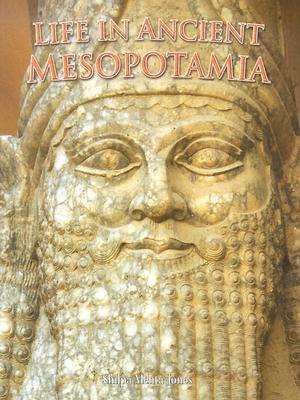
Pyramid Rising: The Great Pyramid Reconstructed
For centuries the Great Pyramid of Giza has captivated and mystified people from around the world. Who built it? And how did they do it? Pyramid Rising offers an astonishing new theory that answers many of these questions-and much more. What if the Great Pyramid were built from the inside out? Could the openings we call air shafts actually be the remnants of four internal ramps, which aided in the construction of this imposing monument? Might the ancient symbol of the djed, termed the "backbone of Osiris," also represent a grooved wooden roller for a pulley seated on its stand? These are only a few of the surprising new ideas explored in this book, ideas that threaten to upend prevailing theories about the origins of the Great Pyramid as defined by mainstream archeology.
The theory outlined in Pyramid Rising evolved from one man's attempt to crawl inside the heads of the original pyramid builders to better understand their train of thought by viewing it through the lens of what is evident inside the pyramid today. Starting from the premise that every shaft, angle, grooved wall, corridor, and quarried block must have had a specific purpose, then employing a process of reverse engineering to deconstruct how those puzzle pieces fit together, the bigger picture gradually came into focus. The book's novel approach precludes the need for massive ramps climbing upward at untenable angles. Rather, it presents evidence that the Egyptians erected the Great Pyramid layer by layer by employing a simple tool-the pulley-and making use of the elements they had already put in place as the springboards for building higher.
More than 100 photographs, illustrations, and sidebars illuminate the text as step by step it guides the reader through the entire construction process from the Subterranean Chamber to the summit. Pyramid Rising sheds fresh light on an age-old mystery about one of the seven wonders of the ancient world.







